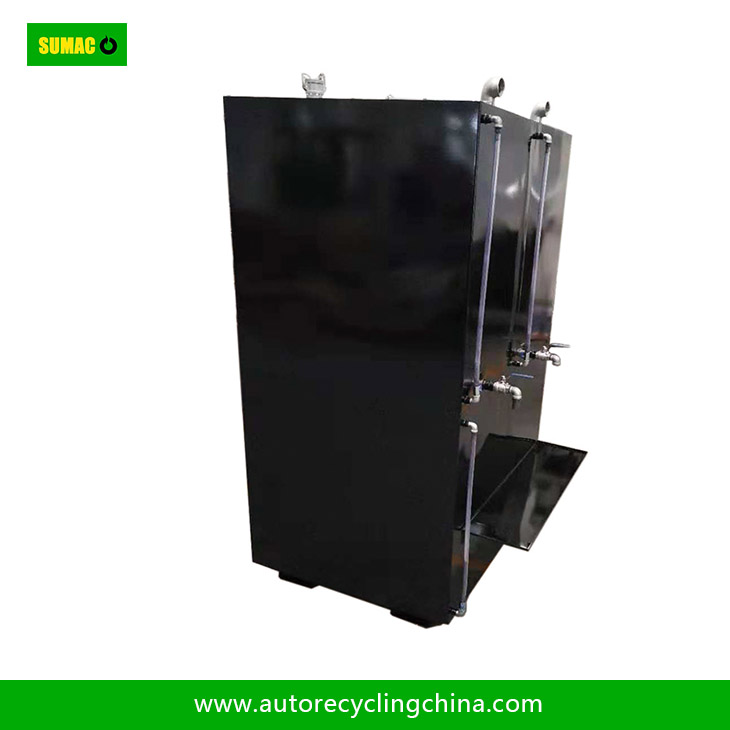1. Reasonable design
Foundation design: Conduct detailed geological surveys according to geological conditions to determine the appropriate foundation form. For example, on soft soil foundations, pile foundations or raft foundations can be used to increase the bearing capacity and stability of the foundation and reduce the risk of uneven settlement.
Structural design: The wall structure of the firebreak should have sufficient strength and rigidity. Reinforced concrete structure is usually used, and the thickness, reinforcement ratio and other parameters of the wall are reasonably designed. At the same time, expansion joints and settlement joints are set to adapt to temperature changes and foundation settlement to prevent the wall from cracking due to stress concentration.
2. High-quality materials
Building materials: Select building materials such as cement, sandstone, and steel of qualified quality. Cement should have good coagulation performance and strength grade; the particle size and gradation of sand and gravel should meet the requirements, and the impurities such as mud content should be controlled within the specified range; the strength and toughness of steel should meet the design requirements and have good anti-corrosion performance.
Waterproof materials: Effective waterproof materials should be used for painting or laying on the inner and outer surfaces of the firebreak, such as waterproof rolls, waterproof coatings, etc., to prevent diesel or rainwater from penetrating into the wall and affecting the stability of the structure.
3. Standardized construction
Construction process: Construction should be carried out strictly in accordance with design requirements and construction specifications. During foundation construction, it is necessary to ensure that the compaction and bearing capacity of the foundation meet the design standards; when pouring concrete walls, the pouring quality of concrete should be ensured, and the concrete should be vibrated and compacted to avoid defects such as honeycombs and hemp surfaces.
Construction quality control: Establish a complete quality inspection system and strengthen quality supervision of the construction process. Strict inspection and acceptance of each process, such as steel bar binding, formwork installation, concrete pouring, etc., to ensure that the construction quality meets the design requirements.
4. Regular maintenance
Inspection and monitoring: Regularly inspect the appearance of the firebreak to check whether the wall has cracks, deformation, leakage, etc. At the same time, instruments can be used to monitor the settlement of the foundation to promptly discover potential stability problems.
Repair and maintenance: For problems found during the inspection, timely repair and treatment should be carried out. For example, seal the cracks in the wall, remove rust and anti-corrosion treatment of corroded steel, etc. At the same time, regularly clean and maintain the firebreak to keep it in good use.

